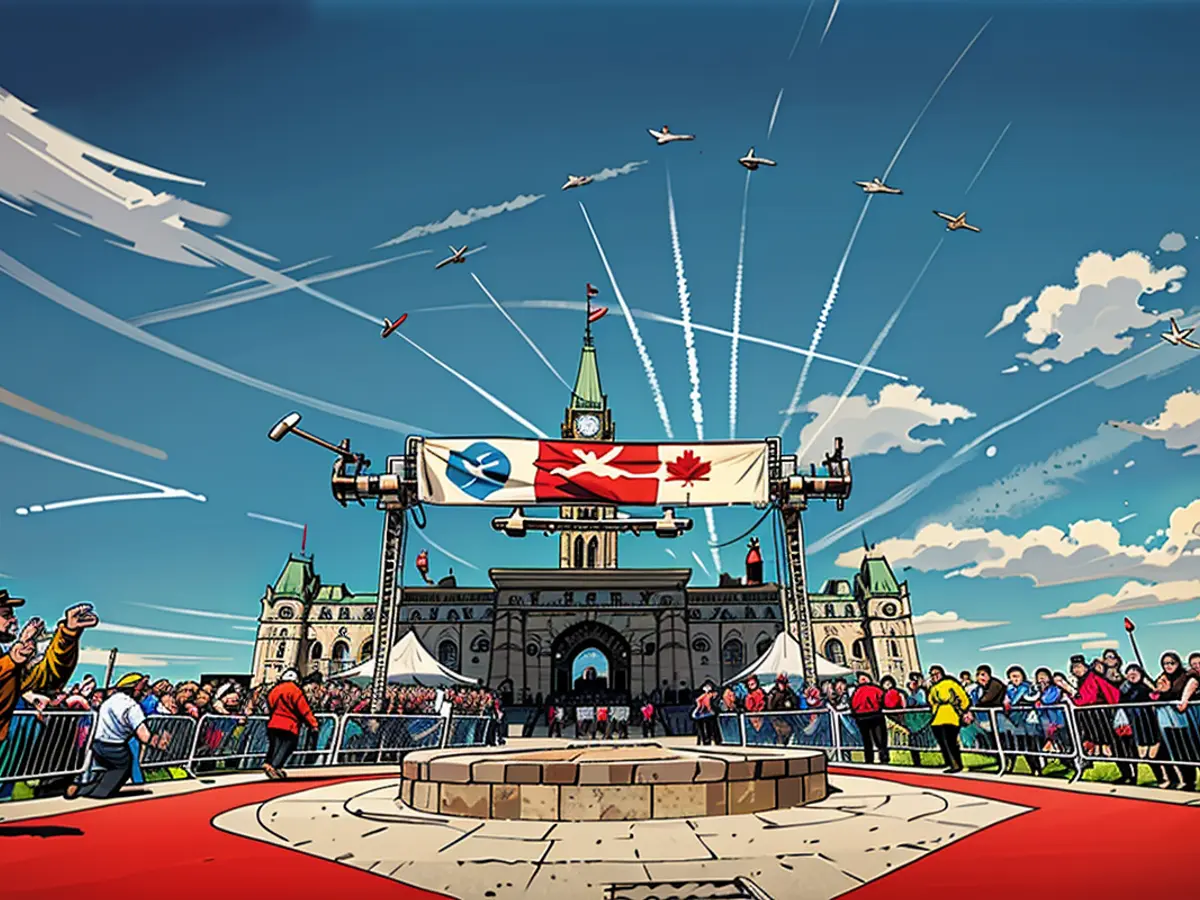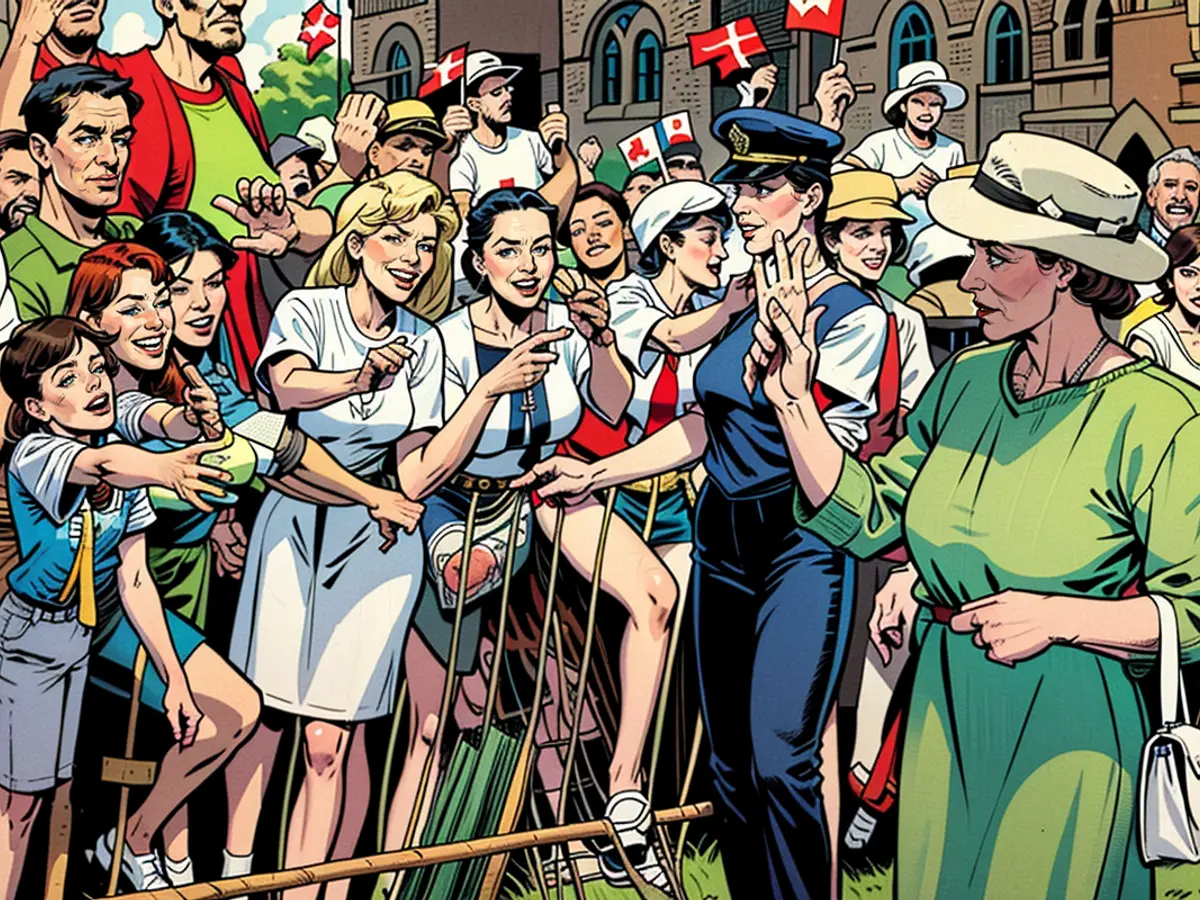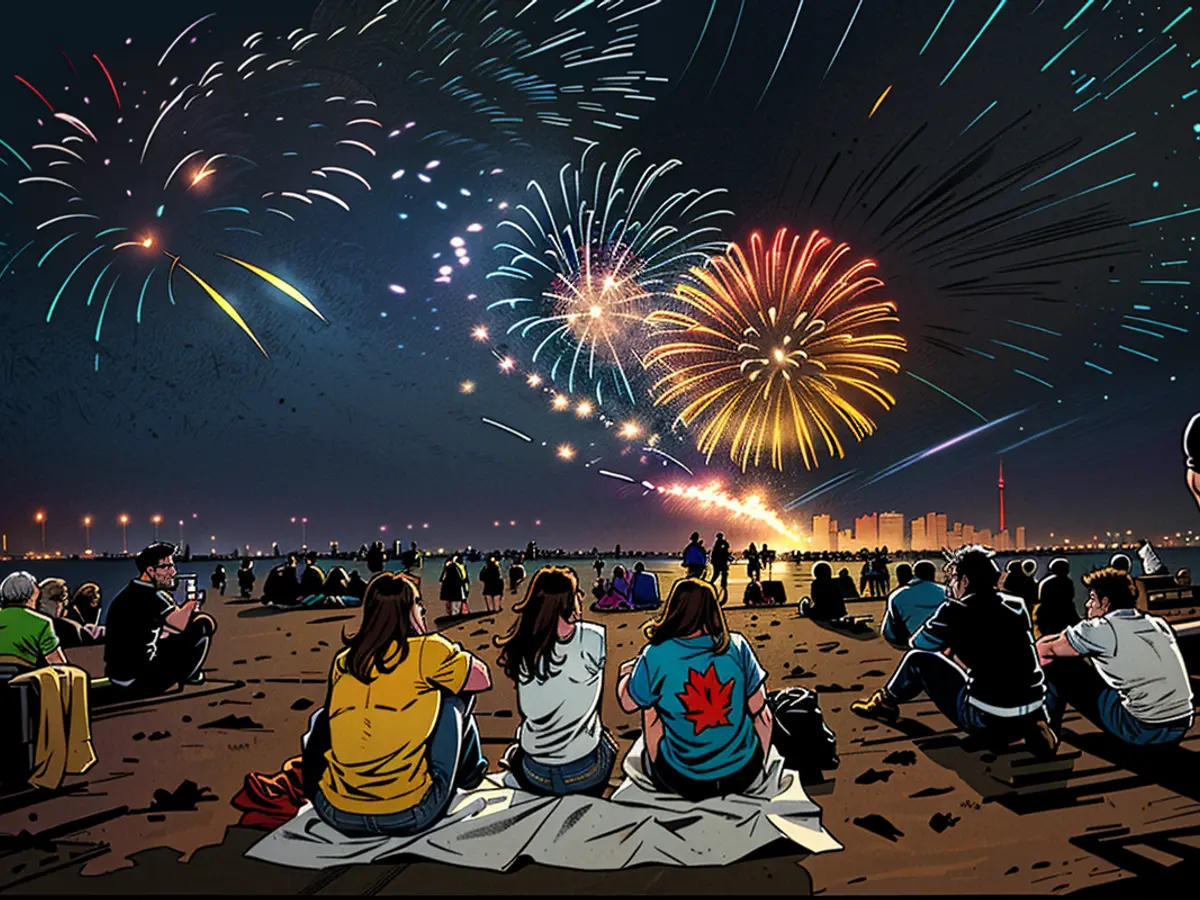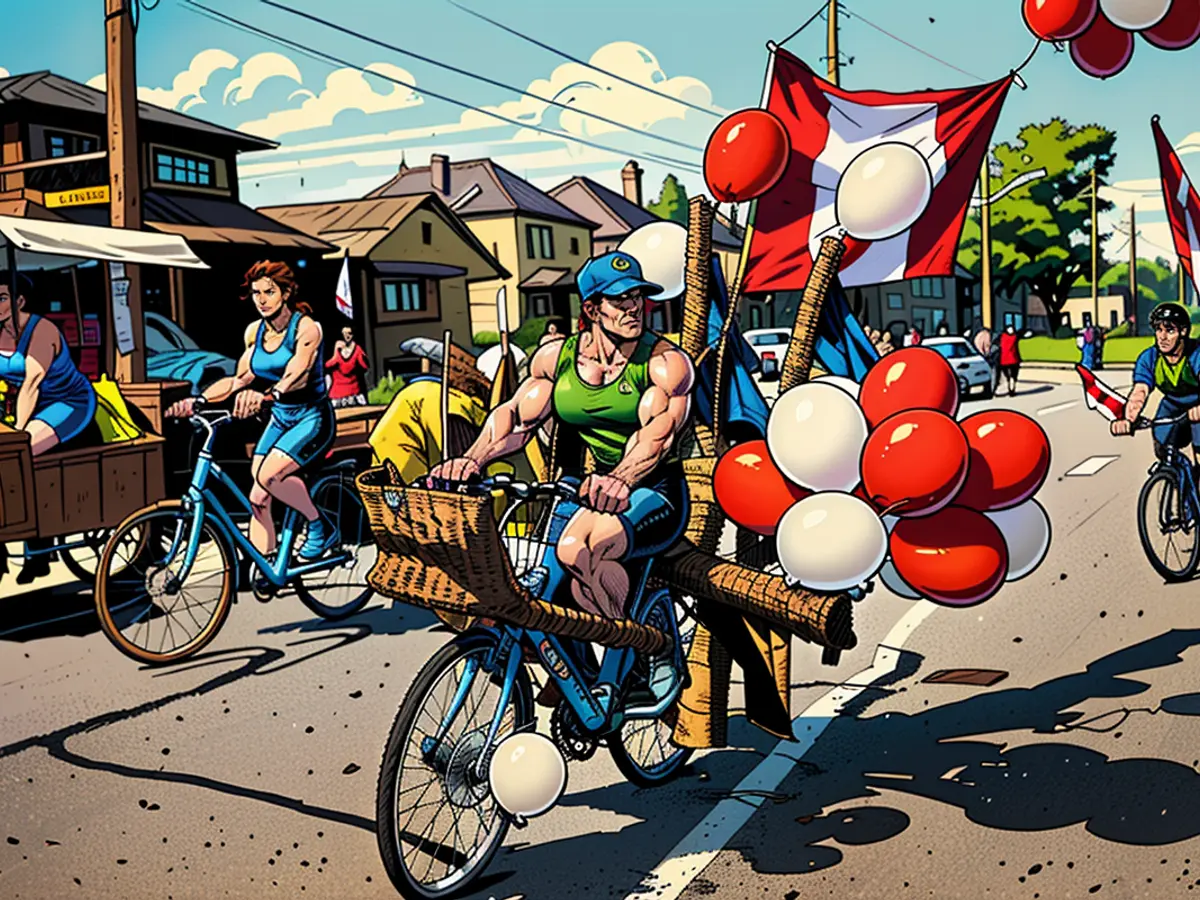What is Canada Day and how is it celebrated? The answer is more complicated than some might think
That’s right, we’re talking about Canada Day.
Many of us Canadians celebrate this annual July 1 holiday much the same way Americans approach Independence Day.
We fly that gorgeous red maple leaf proudly and wear Canada-themed outfits. Some people paint their faces. Festivals and fireworks are all part of the proceedings, whether you’re in Vancouver, Toronto or Charlottetown, with barbecues and pancake breakfasts among the culinary traditions of the day.
What about fighter jets, you ask? Our famed Canadian Forces Snowbirds air demonstration squadron will be making an appearance in our nation’s capital on the big day.
But while the two holidays bear many similarities, professor Matthew Hayday, chair of the Department of History at Ontario’s Guelph University, tells CNN that Canadians don’t make “nearly as big a deal out of Canada Day as Americans do about Independence Day.”
“There is a huge celebration in the national capital in Ottawa, which brings tens of thousands of people to Parliament Hill – those celebrations date back to the late 1950s – but in most other communities, it is pretty low key, with some communities organizing picnics and barbecues and firework displays, but nothing along the lines of the various parades that you see in the US,” he says.
Canada Day’s origin story

To fully understand and compare the two, you need to go back. Way back.
US Congress established Independence Day as a holiday in 1870to mark the passage of the Declaration of Independence on July 4, 1776. (In response, the British scolded the “misguided Americans” and “their extravagant and inadmissible Claim of Independency”.)
Meanwhile, the July 1 holiday to commemorate Canada’s Confederation became official in 1879, and was originally called Dominion Day. It marks the day the British North America Act came into effect in 1867, effectively creating the Dominion of Canada out of three British colonies: the United Province of Canada (now the provinces of Ontario and Quebec), plus New Brunswick and Nova Scotia.
“Confederation was an administrative change, not a revolution,” says Forrest Pass, curator of Canada’s Library and Archives, via email.
“The editor of the Toronto Globe – precursor to the present-day Globe and Mail – put it best in an editorial on (appropriately) July 4, 1875, when he noted that the British North America Act has ‘none of the traditional associations of the Declaration of Independence, and is, to most people, only a piece of very dry, practical legislation.’”
Even the choice of the date for Confederation was purely administrative, he says, noting the British parliament tended to sit in the early spring and the legislation it passed usually came into effect on July 1 for accounting reasons.

But the desire to celebrate Dominion Day owed much to the American model, Pass says. Residents of Canadian border towns traveled to nearby American communities to join their events, while some places with large American populations also hosted 4th of July celebrations.
“Canadians had celebrated their own holidays before Confederation, especially the birthday of the King or Queen, but even these observances had come to look a lot like Independence Day in the traditions that surrounded them,” he says.
For instance, Pass notes that in the United States, no 19th-century Independence Day was complete without a “Federal Salute” of 13 guns for the original 13 states, and a “National Salute” of one gun for each state then in the Union. Some early Dominion Day celebrations featured a ‘Dominion Salute’ of one gun for each province.
“Like early 4th of July celebrations, early Dominion Day celebrations were spontaneous; they were organized locally with little encouragement from the federal government,” he says, noting that Ottawa started to take an interest in how the day was marked in the 1950s, and encouraged some standardization.
At the same time, he says both the media and politicians were quick to remind Canadians of the constitutional difference.
“Moreover, some Canadian newspapers in the 1870s took a perverse pleasure in reprinting stories about deaths and injuries during American 4th of July celebrations so that they could point out how peaceful and orderly Dominion Day observances were.”

It wasn’t until 1982 that Dominion Day officially became Canada Day.
Historian Hayday says there were dozens of half-hearted and more serious attempts to change the name over the years, dating back to the 1940s. In the end, the switch ended up being a bit divisive.
“To this day, there are still pockets of Canadians who resent what they saw as a move away from Canada’s British heritage with the dropping of the term ‘Dominion’ from the day,” he says.
“But the vast majority of Canadians now accept the ‘new’ 44-year-old name.”
Pass, meanwhile, says the name swap was a symptom rather than a cause.
“Changes to Canada Day, including the name change, have been part of a broader national identity and national unity policy – think the new national flag in 1965, the formal adoption of ‘O Canada’ as the national anthem in 1980, and the creation of the Order of Canada as the country’s highest civilian honor,” he says.
“Celebrations today typically emphasize Canada as a multicultural and bilingual country rather than a white, British one, consistent with both Canadians’ evolving values and government policy (it’s often hard to say which of these is the cause and which the effect).”
So what can visitors to Canada’s capital expect this year as the nation celebrates its 157th birthday?
Ottawa’s official Canada Day ceremonies will take place around LeBreton Flats Park and Parliament Hill. The Royal Canadian Air Force (RCAF), which turns 100 this year, will mark the occasion with the largest flypast conducted in 20 years over the National Capital Region, at 1 p.m.
Meanwhile, a series of live musical performances will take place on the main stage from 8 p.m. to 10 p.m., followed by fireworks. For more information on the event, visit the official Canada Day website.
Karla Cripps is a senior producer with CNN Travel. Originally from Canada, she has been living in Thailand for more than 20 years.
Given the text, here are two sentences that contain the word 'travel' and follow from the given context:
- For many Canadians, an exciting part of celebrating Canada Day involves traveling to different cities across the country to participate in the festivities, including the famous celebrations in Ottawa.
- Additionally, Canada Day serves as a great opportunity for Canadians and international visitors alike to explore various attractions and destinations within the country, promoting travel and tourism during this time.
Read also:
- Fear of escalation in the Middle East: US Secretary of State Blinken travels to the region again
- Government circles: US Secretary of State Blinken to travel to Middle East again
- Bridging days 2024: How you can double your vacation this year
- Germany has wanderlust: how tour operators and airlines are looking ahead to the next travel year








